Introduction
In the realm of architectural rendering, understanding and meeting client expectations is not merely a best practice; it is a fundamental requirement for success. As the industry evolves, the importance of clear communication, timely responsiveness, and the incorporation of client feedback has never been more pronounced. This article delves into the multifaceted strategies that architects can employ to enhance client satisfaction—from the initial consultation to the final delivery of renderings.
By leveraging advanced technologies and fostering a collaborative environment, architects can not only elevate the quality of their visualizations but also build lasting relationships with clients. Through a detailed exploration of these elements, the article aims to provide insights that are essential for any architectural professional striving to excel in a competitive landscape.
Understanding Client Expectations in Architectural Rendering
To enhance architectural rendering customer satisfaction, it is crucial to thoroughly understand the specific needs and expectations of each individual. This process begins with comprehensive discussions during initial consultations, where gathering essential information such as design concepts, sketches, CAD files, and specific preferences is key. Clients can easily submit their project information by emailing us or uploading their documents here.
Utilizing tools like questionnaires and mood boards can streamline this process, enabling individuals to effectively articulate their desired aesthetics and functional requirements. As highlighted in testimonials, our commitment to clear communication and understanding of contractual obligations significantly contributes to effective financial management, which directly impacts architectural rendering customer satisfaction. Furthermore, being aware of budget limitations is essential, as these factors together guide a customized rendering method that meets user expectations.
For example, customers have indicated that our proactive communication and responsiveness have resulted in smoother execution and improved architectural rendering customer satisfaction. With over 15 years of expertise in architecture and interior design, Alex Smith adds authority to this discussion on customer satisfaction. Regular check-ins throughout the project timeline foster ongoing communication, ensuring that any potential issues are identified and addressed promptly, thereby reducing the risk of misalignment.
Taking into account that private housing constitutes 53% of the design market, with 89% of firms involved in this sector, thoroughly grasping client needs within this context is crucial for providing successful design visualizations.
Leveraging Technology for High-Quality Renderings
The integration of advanced visualization technologies—including ray tracing, real-time engines, and virtual reality—has proven to greatly enhance the quality of architectural displays, particularly in the context of 3D townhome visualization. Renowned tools like V-Ray, Lumion, and Enscape facilitate realistic light simulations and textures, bringing designs to life in vivid detail. This clarity is invaluable for developers, as it enhances communication with builders, lenders, municipalities, and other stakeholders, effectively eliminating misunderstandings that can arise during the design process.
Moreover, the utilization of cloud-based rendering services accelerates workflow, enabling faster revisions and more efficient feedback cycles—a necessity in today’s fast-paced environment. In fact, 62% of architecture firms are already using cloud-based collaboration tools for enhanced coordination. As the industry shifts towards sustainability, it’s noteworthy that:
- 28% of architects, engineers, contractors, owners, and investors report that most of their building initiatives qualify as green
- 42% anticipate reaching that level within the next three years
By staying aware of the latest trends and advancements in rendering technology, architects not only enhance the quality of their work but also strengthen their commitment to achieving architectural rendering customer satisfaction, a critical factor in fulfilling customer expectations. Moreover:
- 40% of companies that achieve or surpass their objectives plan to invest in management software next year
- 70% of architecture firms aim to invest more in technology in the upcoming 12 months
Those firms that embrace these modern technologies, as illustrated by the case study on immersive 3D tours, will likely see an increase in architectural rendering customer satisfaction, enhanced understanding, and overall project success.
Our 3D townhome visualization services empower developers to tell compelling stories that sell not just homes but futures. By including detailed interior visuals, we highlight the functionality and aesthetics of your designs, ensuring architectural rendering customer satisfaction and marketing effectiveness. Reach out today, and let’s bring your design visions to vibrant life.
The Importance of Communication in Client Relationships
Effective communication serves as a cornerstone in the architectural rendering process, fundamentally influencing architectural rendering customer satisfaction and project outcomes. Establishing a structured communication plan is essential, detailing the frequency of updates and preferred channels. Significantly, studies indicate that merely 21% of customer service representatives consistently inquire about a customer’s name, highlighting a wider issue in customer engagement that architects must tackle to guarantee personalized service.
This lack of engagement can lead to customers feeling undervalued, increasing the risk of them switching to competitors—a customer is four times more likely to make this switch if their issues are service-based. Utilizing project management tools such as Trello or Asana can markedly enhance transparency by keeping stakeholders informed of progress and milestones. Paul Greenberg aptly states,
If a customer likes you — and continues to like you — they will continue to do business with you.
If they don’t, they won’t.
Thus, fostering an environment of open dialogue where individuals feel empowered to voice their thoughts and concerns is crucial. Regularly scheduled meetings not only ensure alignment but also provide opportunities to proactively address any emerging issues.
This approach is vital, especially considering that 60% of business organizations lack a long-term internal communication plan, which contributes to 74% of workers feeling disconnected from vital information. Prioritizing effective communication strategies can significantly enhance client relationships, ultimately leading to architectural rendering customer satisfaction and loyalty. Once the images meet your expectations, we proceed to the final delivery stage, refining the visuals to ensure a polished, professional look.
The finished design visuals are then provided in your preferred format, prepared for presentations or additional project development. Our collaborative process ensures that you are engaged at every stage, incorporating your feedback throughout the iterative creation process, ultimately leading to architectural rendering customer satisfaction that not only meets but exceeds your expectations. Ready to explore the potential of your design concepts?
Collaborate with J. Scott Smith Visual Designs to illustrate and confirm your concepts with our initial visuals. Contact us today to schedule a consultation and see how we can help bring your design concepts to life.
Timeliness and Responsiveness: Key to Client Satisfaction
Timeliness and responsiveness are crucial to attaining architectural rendering customer satisfaction in architectural visualization. Providing clear and timely information early in the process is crucial for optimizing both time and costs, as evidenced by our experiences with everything from 100-page construction sets to simple napkin sketches. To enable effective communication, it is crucial to offer specific instructions and specifications early on, including details such as scope, desired materials, and design preferences.
Establishing realistic timelines that align with the scope of work is essential, with turnaround durations varying from a few days for conceptual renderings to one to two weeks for detailed presentations. Consistently meeting these deadlines reflects a commitment to quality service. Utilizing advanced project management tools, such as Gantt charts and software like Asana and Trello, can significantly enhance scheduling efficiency and provide clear visibility into project progress.
Furthermore, it is crucial to respond to customer inquiries within a 24-hour timeframe. Even if the response lacks complete information, a prompt acknowledgment reassures customers that their needs are prioritized. This proactive communication strategy not only fosters trust but also contributes to architectural rendering customer satisfaction by strengthening the perception of value in your services.
According to a report by PMI, around 47% of companies have established specific career paths for program managers, underscoring the growing acknowledgment that effective management is essential for enhancing customer satisfaction. Additionally, a recent case study revealed that 77% of construction firms faced challenges in filling project manager positions, emphasizing the need for improved hiring and retention strategies to ensure that projects are managed effectively. In a market anticipated to attain $13.7 billion by 2030, the adoption of innovative scheduling tools and a commitment to architectural rendering customer satisfaction will be essential to improving customer relationships and ensuring long-term success in design practices.
The importance of complex specifics in building visuals, from the way sunlight interacts with the windows to the delicate texture of the bricks, also contributes significantly to improving realism and generating an emotional effect that connects with customers.
Incorporating Client Feedback for Continuous Improvement
Integrating customer input is essential for the ongoing improvement of architectural visualization services to ensure architectural rendering customer satisfaction at J. Scott Smith Visual Designs. The collaborative planning process begins with actively soliciting input from stakeholders at various project milestones—especially after presenting initial concepts, drafts, and final renderings. For instance, during our discussions with customers, we often request specific materials and design inspirations, which helps us tailor our approach to their unique vision.
By utilizing structured feedback forms, we gather precise insights regarding customer preferences and critiques, which helps us enhance architectural rendering customer satisfaction and fosters a deeper understanding of their vision. This systematic approach not only identifies recurring themes and opportunities for improvement but also reinforces architectural rendering customer satisfaction by demonstrating that customers’ perspectives are valued. As indicated by our case studies, including detailed testimonials from pleased customers, such as one individual who remarked, ‘The attention to detail in capturing my vision was exceptional,’ the importance of ensuring architectural rendering customer satisfaction cannot be overstated.
Recent data shows that:
- 83% of customers express greater loyalty to brands that effectively respond to and resolve complaints, emphasizing the role of architectural rendering customer satisfaction in maintaining open communication.
- Recognizing customers’ preferences for self-service solutions can enhance satisfaction; a notable finding reveals that 69% of consumers attempt to resolve issues independently at first.
By integrating these strategies, architects can refine their processes and cultivate deeper relationships with clients, ultimately leading to improved service outcomes that boost architectural rendering customer satisfaction and align with their vision and expectations.
Conclusion
Understanding and meeting client expectations in architectural rendering is essential for achieving satisfaction and success in a competitive market. By engaging in comprehensive initial consultations, architects can effectively gather critical information that informs tailored rendering approaches. The integration of advanced technologies not only enhances visualization quality but also facilitates clearer communication among all stakeholders, thus minimizing misunderstandings.
Moreover, establishing a structured communication plan is vital for maintaining transparency and fostering trust throughout the project lifecycle. Timeliness and responsiveness further solidify client relationships, as prompt communication reassures clients of their value and enhances satisfaction. By leveraging project management tools and adhering to realistic timelines, architects can optimize workflow efficiency and client engagement.
Crucially, incorporating client feedback at various stages of the project plays a significant role in continuous improvement. This collaborative approach ensures that the final renderings not only meet but exceed client expectations, reinforcing their vision and satisfaction. As the architectural rendering landscape evolves, prioritizing these multifaceted strategies will empower architects to build lasting relationships with clients, ultimately leading to project success and a stronger market presence. Embracing innovation and effective communication will define the future of architectural rendering, positioning firms for sustained growth and excellence.

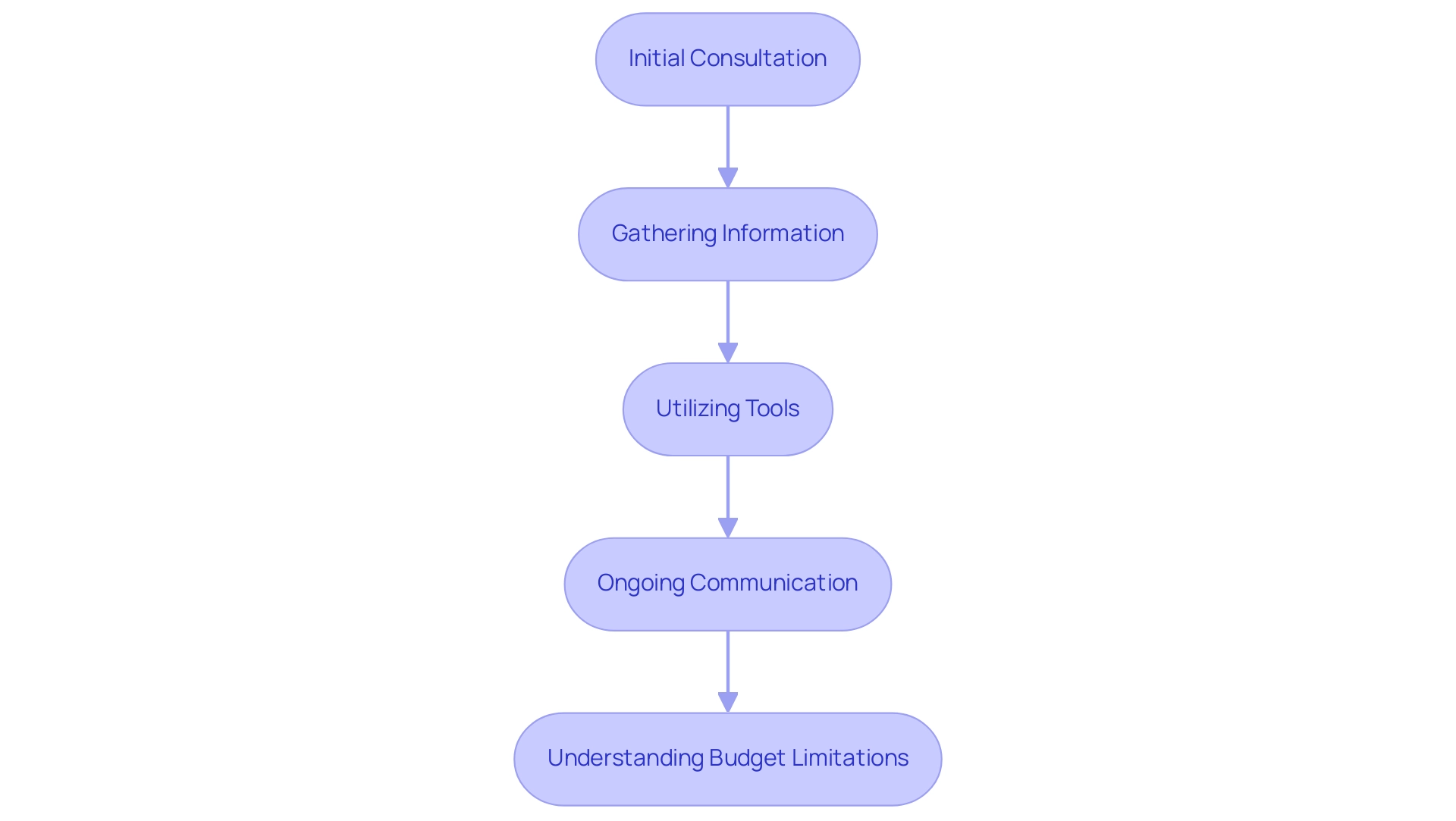
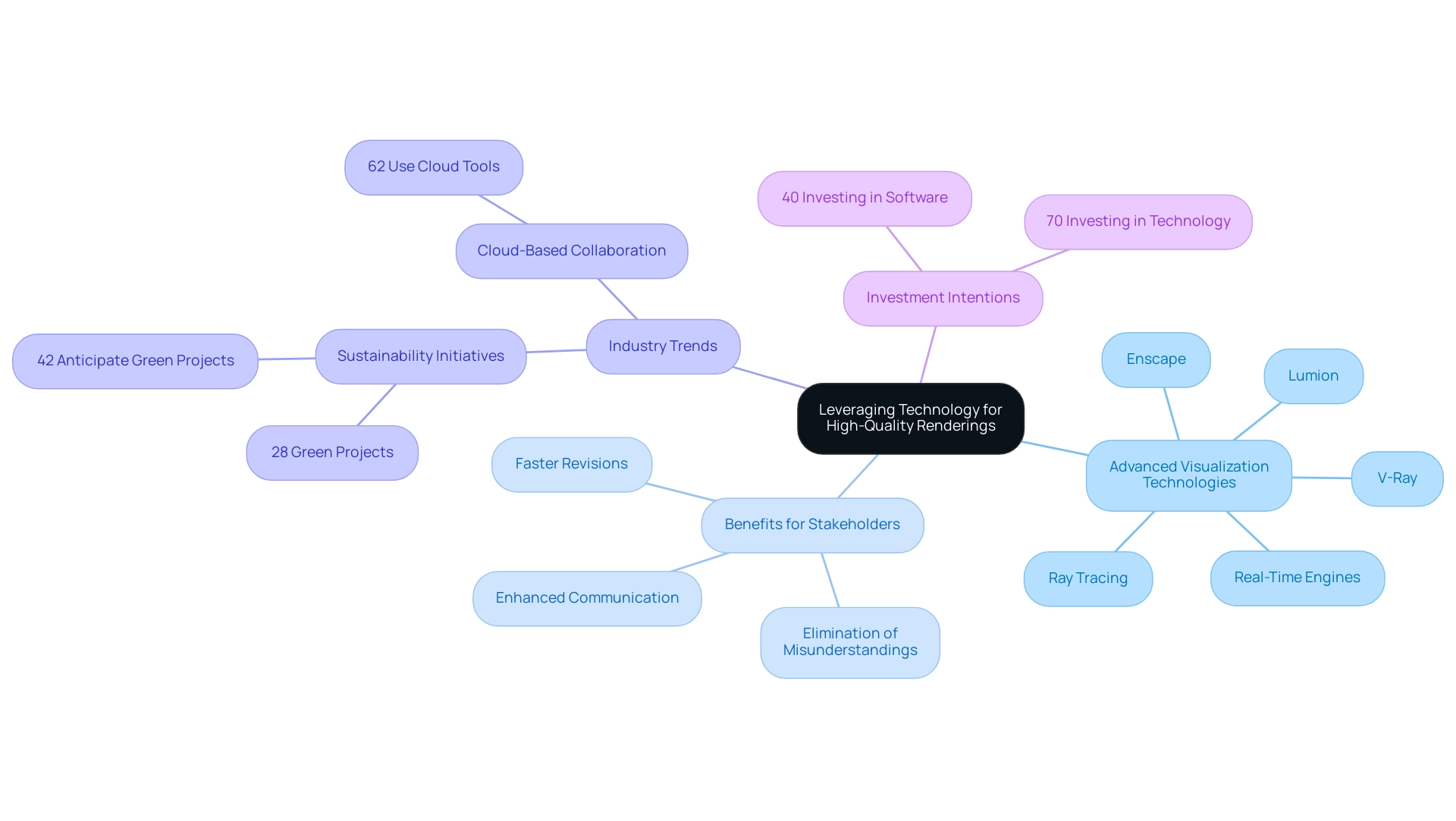
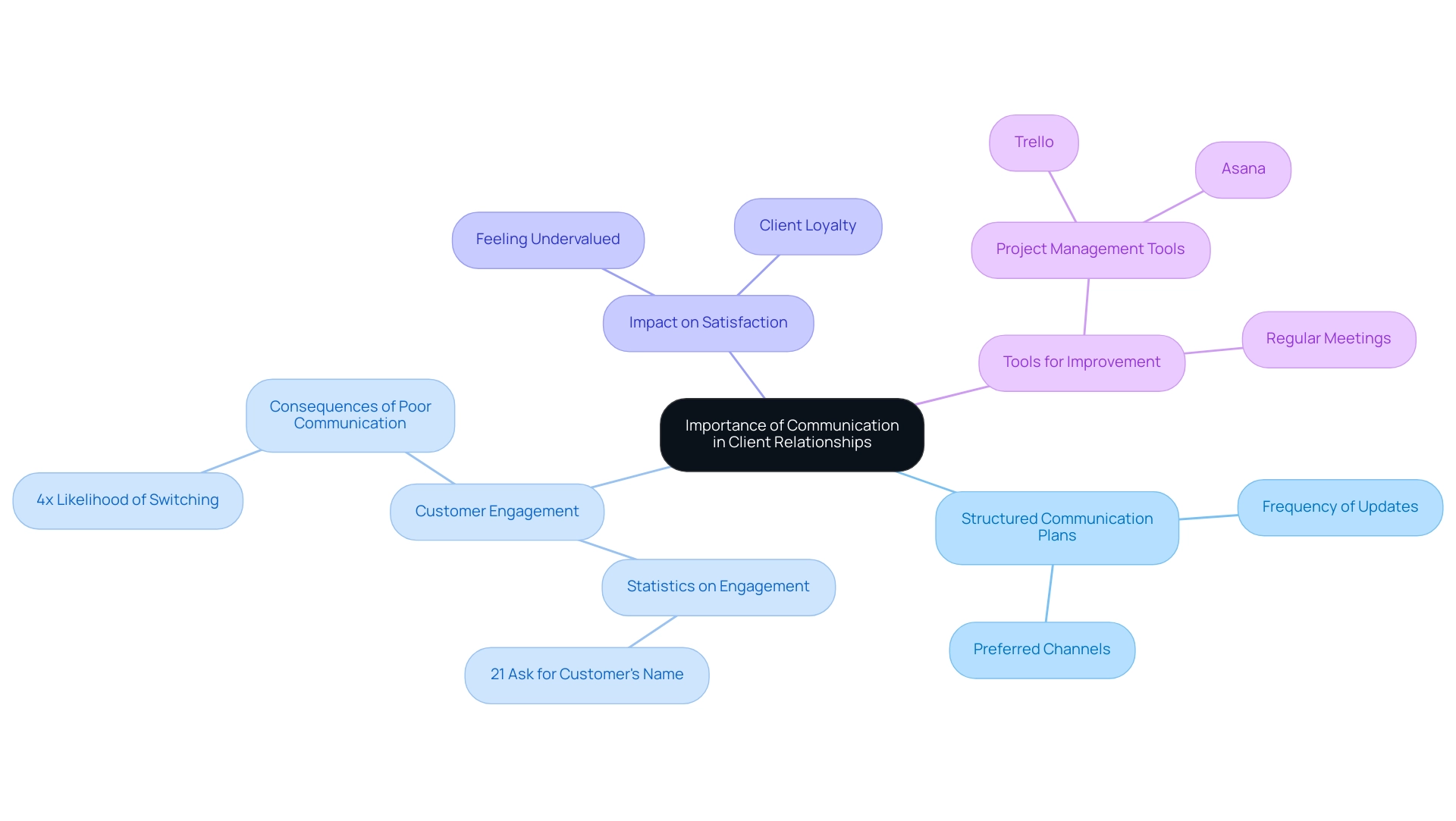
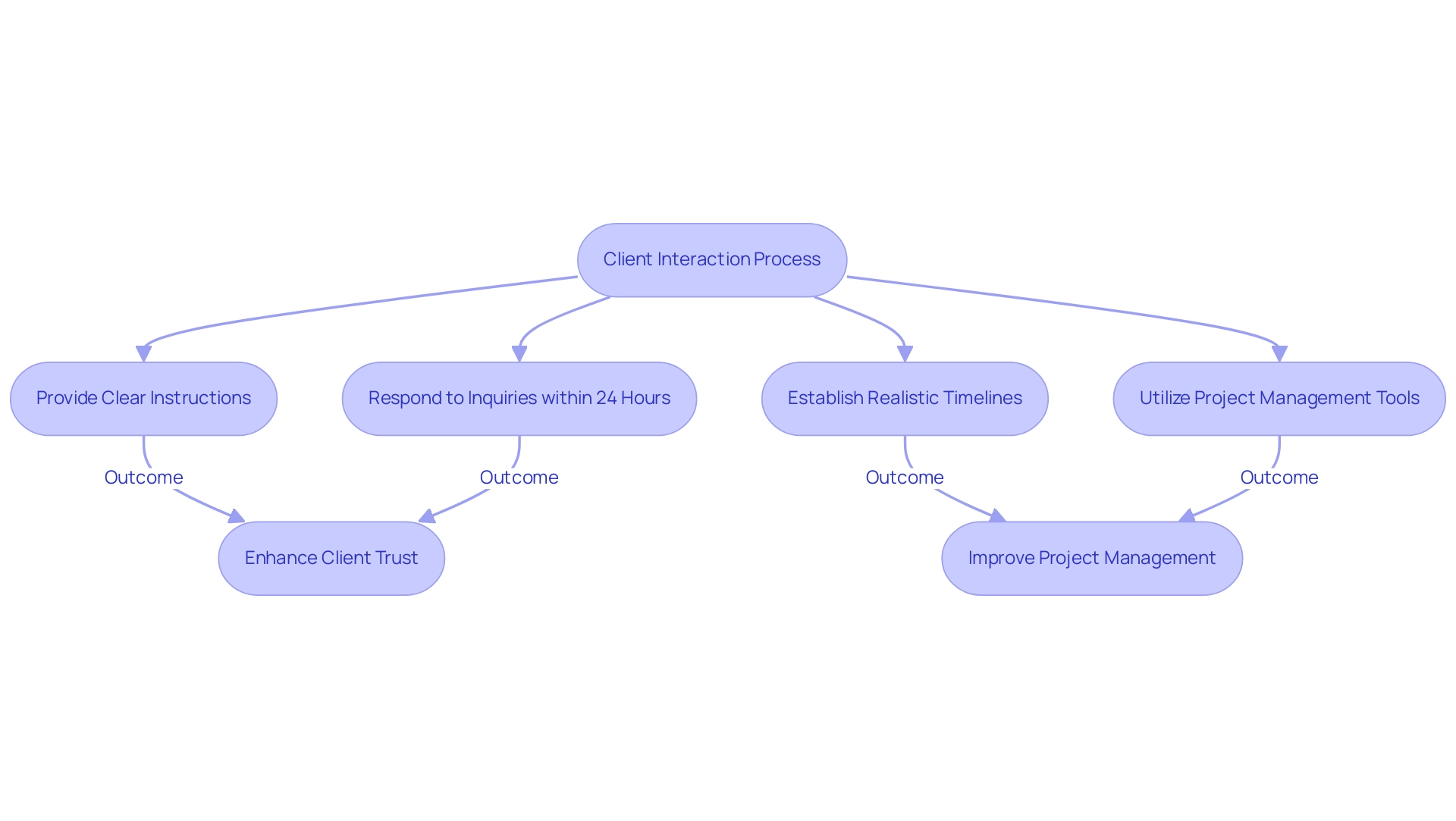
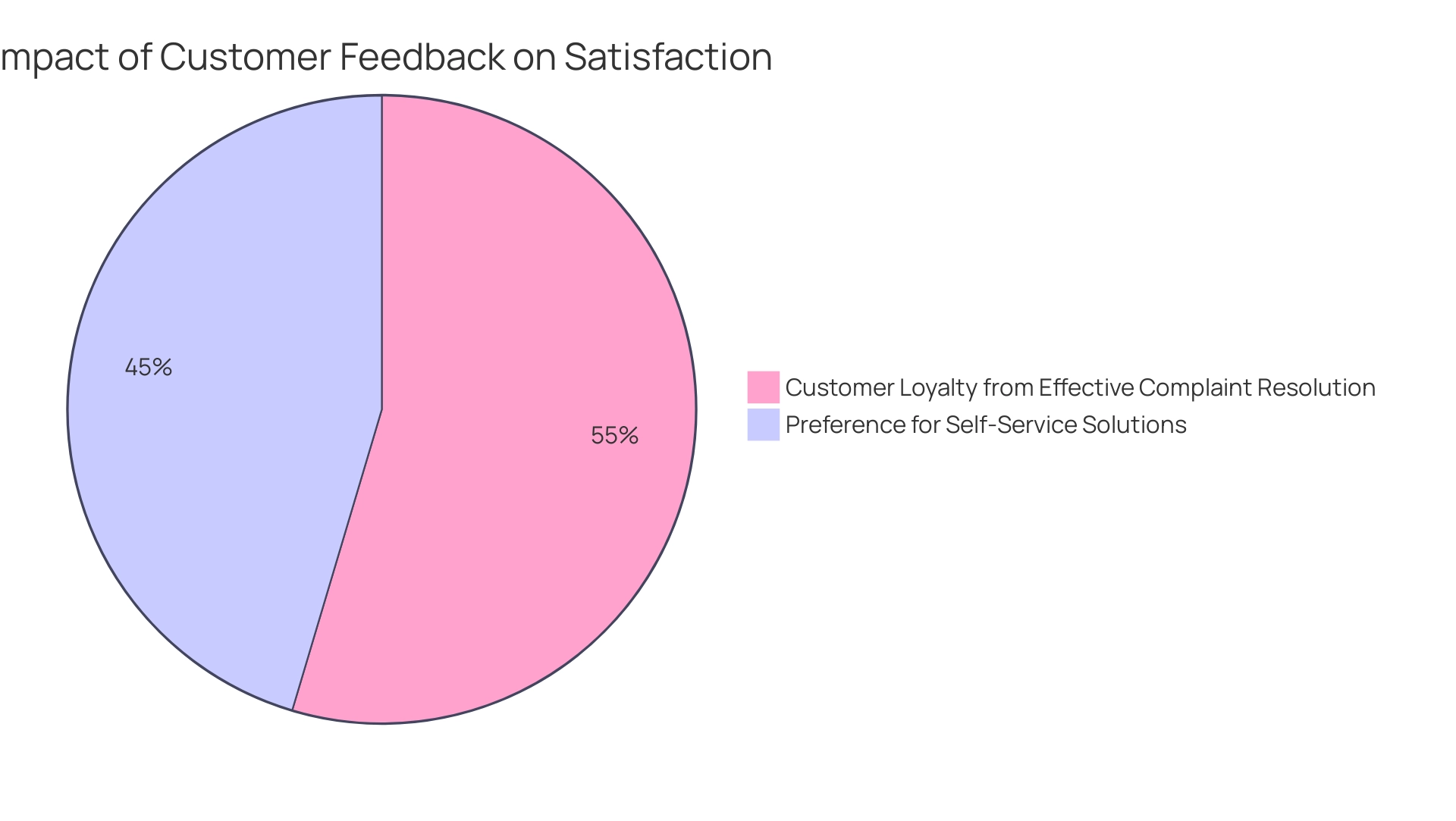
0 Comments